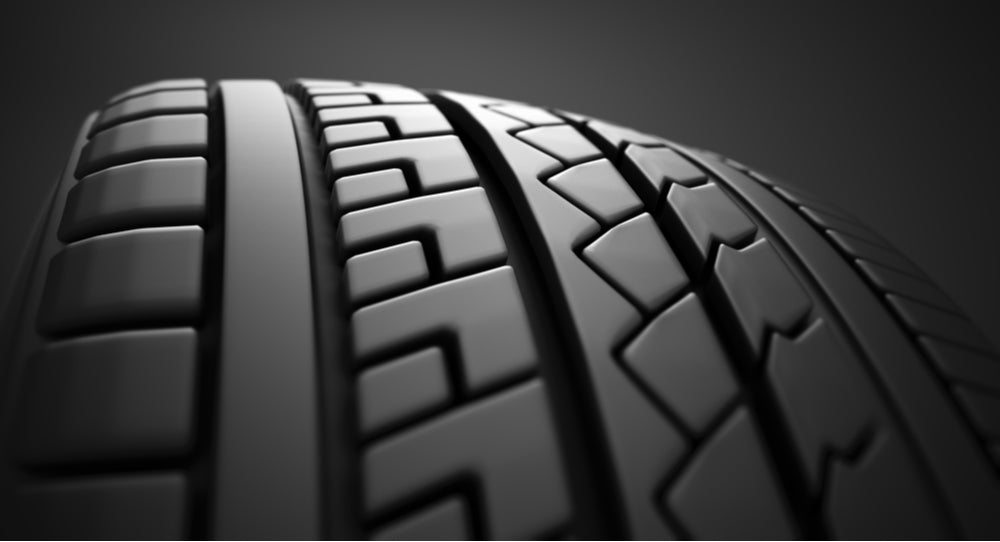Understanding Tire Rotation: Importance and Timing
Most people know that their tires need to be replaced periodically. However, what they may not know is that even when the tires are new, they still need to be rotated. What is the general rule for tire rotation? In order to maximize the life of your tires, there is a recommended schedule in each vehicle's manual. The general rule of thumb though is that tires should be rotated every 5,000-7,000 miles.
Does the Tire Rotation Matter?
This is a common question that car owners ask and the simple answer is yes. When the car's wheels aren't in alignment, tires wear unevenly. All tires are going to experience wear and tear. However, one tire that wears more than the others may lead to early tire replacement. A car that's not in proper alignment can also mean that there are going to be other problems which affect tire performance. It's best to keep a record of the tire service completed so that you'll have an idea of your car's rotation needs.
In addition to improving tire longevity, rotation will also keep the car running smoothly and safely. Even tread wear results in the tread depth being uniform. This improves traction and handling across all of the tires. With normal driving maneuvers such as cornering and braking, you can expect improved performance and also a safer driving experience overall. This is important in all types of weather, but especially poor driving conditions such as rain and snow.
How are Tires Rotated?
The optimal tire rotation pattern that's best for each vehicle is going to depend on the type of tire installed, its size, and whether the car is front, rear, or all-wheel drive.
-
Front and Rear-Wheel Drive
A car that is a front-wheel drive typically puts the braking, steering, and driving on the front axle tires. In contrast, the rear tires are primarily responsible for braking. This means that the front tires are going to experience faster wear. In these types of vehicles, the modified cross pattern is typically utilized for tire rotation. The only exception is if the tires are directional since these can only be rotated front-to-rear. If you're unsure about your tires, a mechanic or service center can tell you. The tire sidewall will also typically have this indication.
-
Four-Wheel Drive
Vehicles may have varied rotation patterns if the car is not permanently in all-wheel drive. However, for vehicles which use permanent four-wheel drive or are primarily in this mode, it's best to use a four-tire cross rotation. This means that tires from both axles are cross and installed on the opposite axle. The only exception may be if you have directional tread patterns. In this scenario, a state rotation which switches the tires front-to-rear but not crossing over the sides may be used.
-
Five-Tire Rotation
For car owners who have a spare tire that matches their full-size tire, putting this tire in the rotation can be beneficial. When rotating the tires, the spare can be put in the right rear position and that tire can be put in the spare position. This is only beneficial when you have a full-size tire though instead of a temporary spare. If your vehicle has a temporary spare, then it's best to not put it into the tire rotation as it's designed for short-term use only. Most cars come with a temporary spare but, if unsure, check with the tire manufacturer or service center for more information.
Keep Track of Maintenance
If you're not familiar with car maintenance, make sure to ask about tire rotation when you have your regular service performed at the dealer or mechanic. Keep track of your rotation schedule and make sure to prioritize tire rotation. When tires aren't rotated regularly, your driving may be hazardous and also cause damage to the car over time. You may even notice how much smoother your car drives after the tires are rotated. Take note of your drives becoming bumpy or harder to navigate as this may be a sign of tire problems. Finally, all vehicles should have an electronic spin balancer used which will improve the rotation process and ensure that the tires are balanced and in the appropriate alignment.
If you are in South Florida and are in need of a set of new tires, call us or shop online today!



